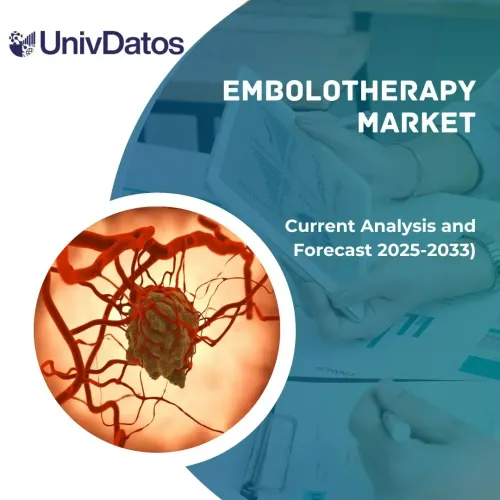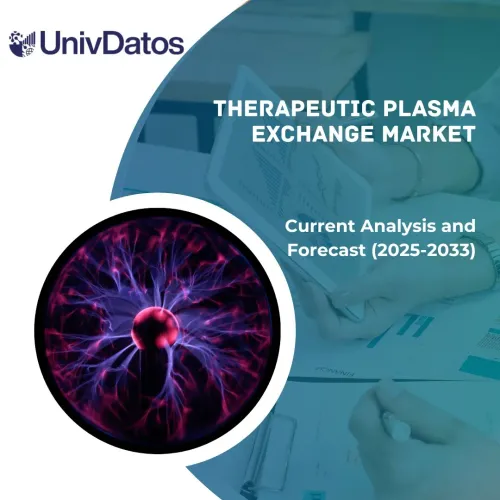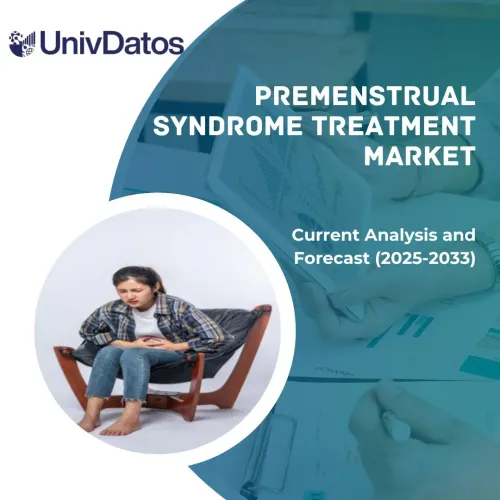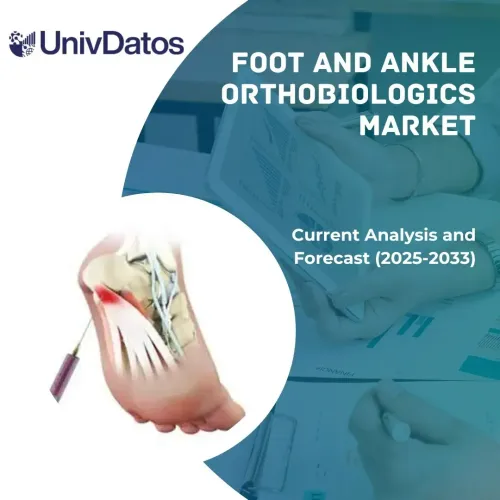- Accueil
- À propos de nous
- Industrie
- Services
- Lecture
- Contactez-nous
Marché de la polyarthrite rhumatoïde : Analyse actuelle et prévisions (2025-2033)
Accent mis sur la voie d'administration (orale et parentérale) ; Classe de médicaments (médicaments antirhumatismaux modificateurs de la maladie (DMARD), anti-inflammatoires non stéroïdiens (AINS), corticostéroïdes, médicaments contre l'acide urique et autres), Canal de vente (médicaments sur ordonnance et médicaments en vente libre) ; et région/pays
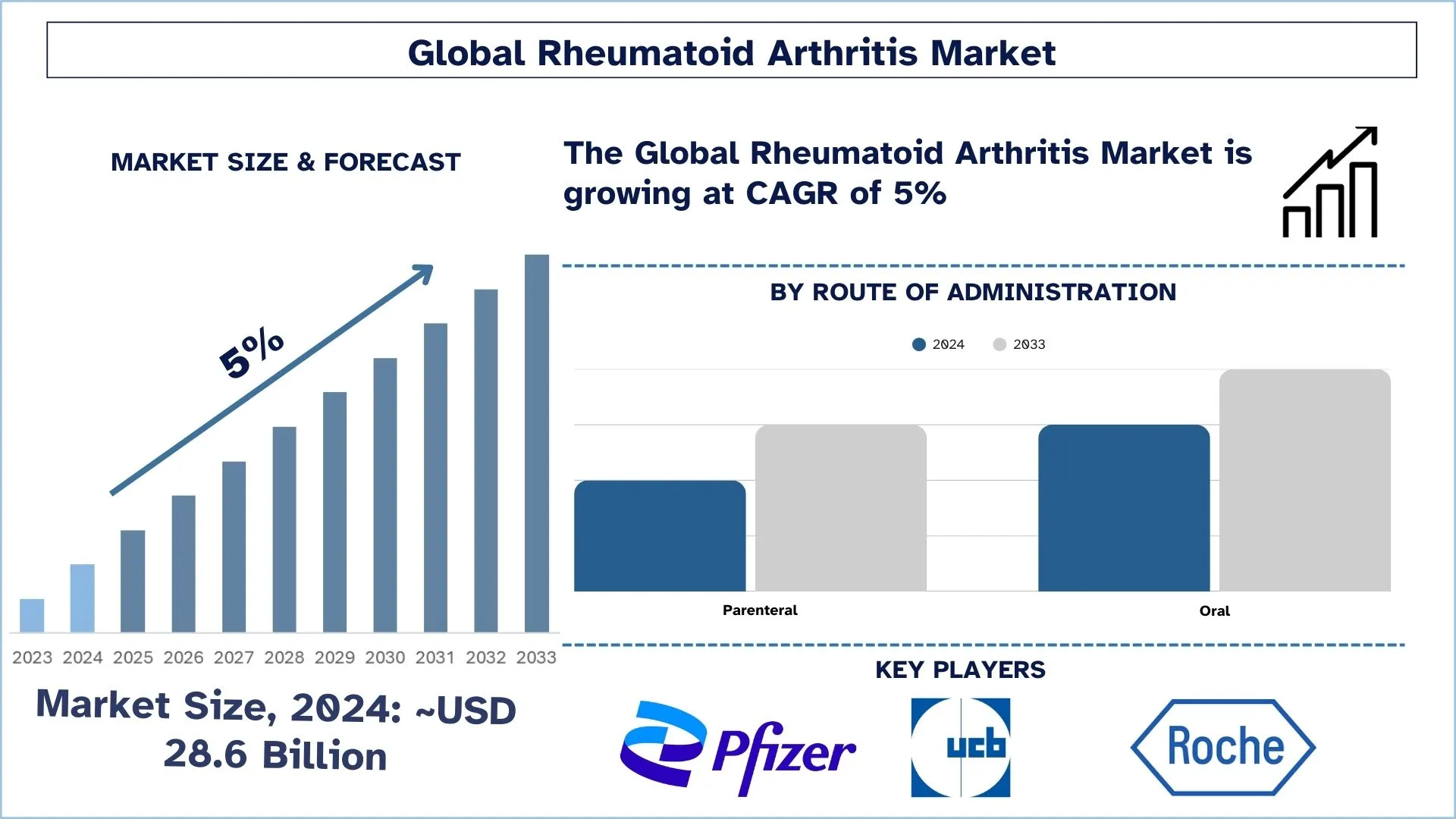
Taille et prévisions du marché de la polyarthrite rhumatoïde
La valeur du marché de la polyarthrite rhumatoïde était d'environ 82,6 milliards de dollars américains en 2024 et devrait croître à un TCAC substantiel d'environ 9,5 % au cours de la période de prévision (2025-2033), en raison de l'augmentation des cas de PR.
Analyse du marché de la polyarthrite rhumatoïde
La polyarthrite rhumatoïde (PR) est une maladie auto-immune chronique qui affecte principalement les articulations, provoquant une inflammation, des douleurs et des lésions articulaires potentielles. Contrairement à l'arthrose, qui résulte de l'usure, la PR survient lorsque le système immunitaire attaque par erreur la synoviale, la membrane qui entoure les articulations. Cela entraîne une inflammation qui peut éventuellement entraîner une érosion osseuse et une déformation des articulations. L'augmentation des cas de polyarthrite rhumatoïde est l'un des principaux moteurs du marché. Par exemple, selon les données de census.gov, la PR touche environ 1 % de la population mondiale, avec une prévalence plus élevée chez les femmes que chez les hommes. La maladie peut survenir à tout âge, mais elle commence le plus souvent entre 30 et 60 ans.
Tendances du marché de la polyarthrite rhumatoïde
Cette section traite des principales tendances du marché qui influencent les différents segments du marché de la polyarthrite rhumatoïde, telles qu'elles ont été identifiées par nos experts en recherche.
Demande croissante de produits biologiques et biosimilaires
Les médicaments biologiques ont révolutionné le traitement de la PR en ciblant des composants spécifiques du système immunitaire. Il s'agit notamment des inhibiteurs du facteur de nécrose tumorale (TNF), des inhibiteurs de l'interleukine et des inhibiteurs des lymphocytes B. Avec l'expiration des brevets de nombreux produits biologiques, les médicaments biosimilaires, des versions très similaires et moins coûteuses des produits biologiques, sont de plus en plus répandus, ce qui améliore l'accessibilité et réduit les coûts de traitement.
Segmentation de l'industrie de la polyarthrite rhumatoïde
Cette section fournit une analyse des principales tendances de chaque segment du rapport mondial sur le marché de la polyarthrite rhumatoïde, ainsi que des prévisions aux niveaux mondial, régional et national pour 2025-2033.
Le segment oral détient la plus grande part du marché de la polyarthrite rhumatoïde.
En fonction de la voie d'administration, le marché est divisé en voies orale et parentérale. Parmi celles-ci, le segment oral a dominé le marché ces dernières années. Les médicaments oraux sont généralement plus faciles à administrer que les traitements parentéraux. Les patients peuvent prendre des médicaments oraux à domicile sans avoir besoin d'un professionnel de la santé, ce qui améliore la commodité et l'observance. Ceci est particulièrement important pour la gestion des maladies chroniques comme la PR, où l'adhésion à long terme au traitement est cruciale.
Le marché des médicaments antirhumatismaux modificateurs de la maladie (DMARD) devrait connaître un TCAC plus élevé que le marché de la polyarthrite rhumatoïde.
En fonction de la classe de médicaments, le marché est segmenté en médicaments antirhumatismaux modificateurs de la maladie (DMARD), anti-inflammatoires non stéroïdiens (AINS), corticostéroïdes, médicaments contre l'acide urique et autres. Les médicaments antirhumatismaux modificateurs de la maladie (DMARD) sont les principaux contributeurs aux revenus du marché du traitement de la polyarthrite rhumatoïde, et leur croissance devrait être substantielle au cours de la période de prévision. Cette croissance est alimentée par une sensibilisation accrue aux avantages des DMARD, une prévalence croissante de la polyarthrite rhumatoïde, une population mondiale croissante de personnes obèses et en surpoids, et l'adoption généralisée des DMARD comme traitement de première intention de la polyarthrite rhumatoïde. Ces facteurs améliorent collectivement la demande de DMARD, faisant progresser le marché.
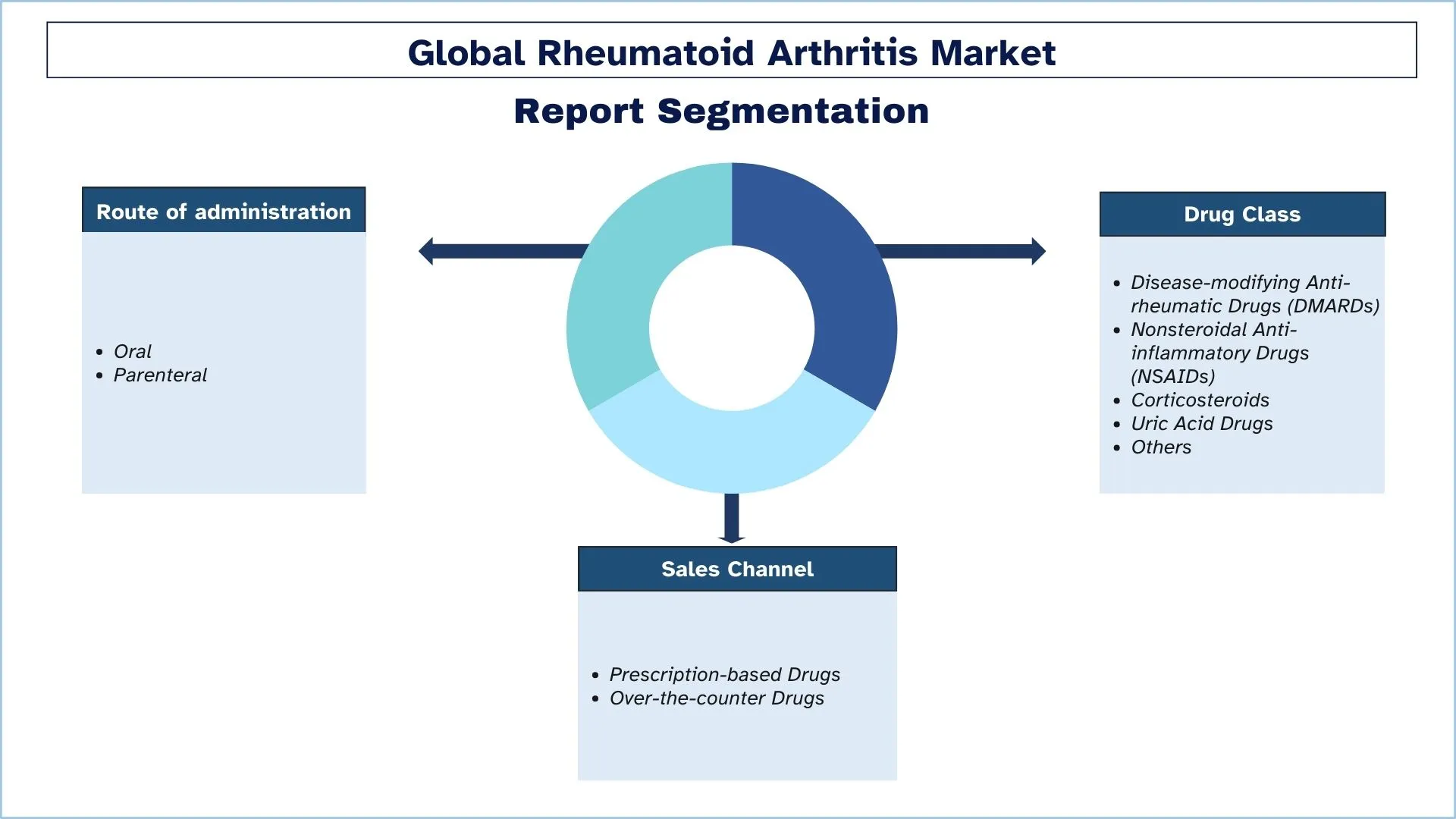
L'Amérique du Nord détient une part importante du marché en 2024.
Le marché de la polyarthrite rhumatoïde en Amérique du Nord a connu une croissance significative ces dernières années, en raison de divers facteurs. L'Amérique du Nord, en particulier les États-Unis, représente l'un des plus grands marchés de la polyarthrite rhumatoïde au monde. L'un des principaux moteurs du marché de la polyarthrite rhumatoïde en Amérique du Nord est la forte demande de traitements thérapeutiques avancés, l'augmentation des cas de polyarthrite rhumatoïde et le vieillissement de la population. Par exemple, en 2022, 16,9 % de la population américaine est âgée de 65 ans ou plus, et ce pourcentage devrait augmenter avec le vieillissement de la génération du baby-boom, selon les données des Centers for Disease Control and Prevention (CDC). Ce changement démographique contribue à la prévalence croissante des affections liées à l'âge, y compris la PR. De plus, l'Amérique du Nord dispose d'un cadre réglementaire bien établi qui garantit la sécurité et l'efficacité des traitements thérapeutiques.
Les États-Unis dominent le marché de la polyarthrite rhumatoïde en Amérique du Nord
Le marché américain de la polyarthrite rhumatoïde est bien développé et se caractérise par un vif intérêt pour l'innovation en raison du niveau élevé de développement du marché, de l'accès aux produits biologiques et aux médicaments ciblés. La sensibilisation à la maladie par Spire, les taux de diagnostic précoce et les fréquentes activités de recherche et développement de la plupart des organisations pharmaceutiques se traduisent par un monde de traitement sain. Les principales sociétés AbbVie, Pfizer, Johnson & Johnson et Eli Lilly sur leur marché ont été dominantes et ont influencé l'évolution des tendances, en plus de la demande croissante de biosimilaires et de médecine personnalisée sur le marché. De plus, le remboursement des soins de santé et les essais cliniques par le gouvernement renforcent la position des États-Unis en tant que pays leader dans le développement du traitement de la PR.
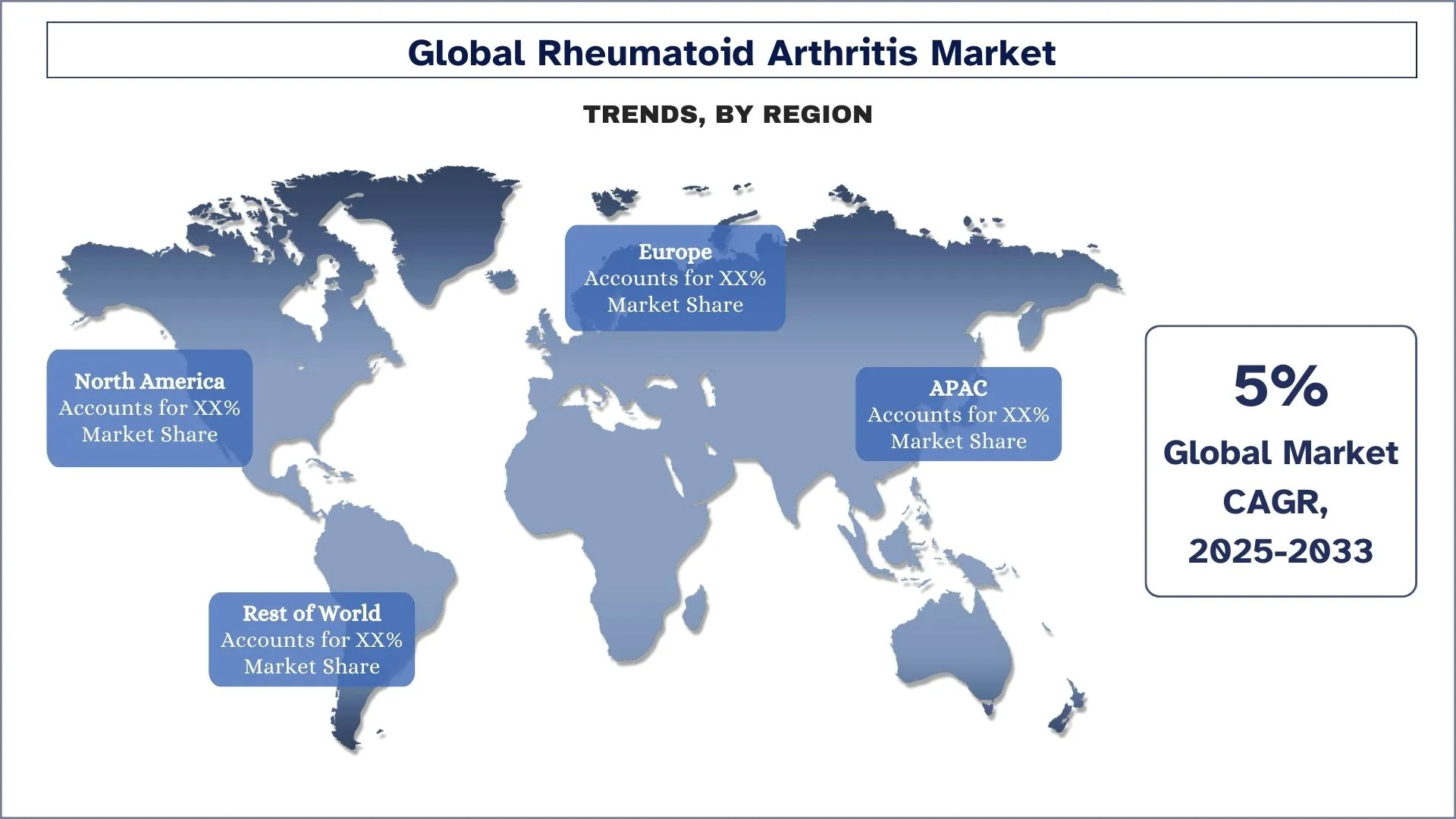
Paysage concurrentiel de l'industrie de la polyarthrite rhumatoïde
Le marché de la polyarthrite rhumatoïde est concurrentiel, avec plusieurs acteurs mondiaux et internationaux. Les principaux acteurs adoptent différentes stratégies de croissance pour renforcer leur présence sur le marché, telles que les partenariats, les accords, les collaborations, les lancements de nouveaux produits, les expansions géographiques, ainsi que les fusions et acquisitions.
Principales entreprises de polyarthrite rhumatoïde
Parmi les principaux acteurs opérant sur le marché figurent UCB S.A. ; F. HOFFMANN-LA ROCHE LTD ; Pfizer Inc ; ABBVIE INC. ; Novartis AG ; Eli Lilly and Company ; Teva Pharmaceuticals, Inc. ; BRISTOL-MYERS SQUIBB COMPANY ; Merck & Co., Inc. ; JOHNSON & JOHNSON
Développements récents sur le marché de la polyarthrite rhumatoïde
En mars 2024, Bristol Myers Squibb a lancé un effort de 1,8 million de dollars américains pour lutter contre les déterminants socio-économiques de la santé (DSSS) dans quatre pays (Brésil, Inde, Thaïlande et Royaume-Uni) où les besoins des patients sont mal desservis. Les nouvelles subventions pour l'équité en matière de santé prolongent l'engagement à long terme de l'entreprise à investir 150 millions de dollars américains dans l'équité en matière de santé d'ici 2025.
En octobre 2023, Alfasigma S.p.A. a accepté d'acquérir l'activité Jyseleca de Galapagos, une multinationale de biotechnologie basée en Belgique spécialisée dans le développement de traitements révolutionnaires en immunologie et en oncologie.
En juillet 2023, Boehringer Ingelheim International GmbH a reçu l'approbation de la FDA américaine pour Cyltezo (adalimumab-adbm), un biosimilaire interchangeable avec HUMIRA, pour le traitement de diverses maladies inflammatoires chroniques, dont la PR aux États-Unis.
Couverture du rapport sur le marché de la polyarthrite rhumatoïde
Attribut du rapport | Détails |
Année de base | 2024 |
Période de prévision | 2025-2033 |
Dynamique de croissance | Accélérer à un TCAC de 9,5 % |
Taille du marché en 2024 | 82,6 milliards de dollars américains |
Analyse régionale | Amérique du Nord, Europe, Asie-Pacifique, Reste du monde |
Principale région contributrice | L'Amérique du Nord devrait connaître le TCAC le plus élevé au cours de la période de prévision. |
Principaux pays couverts | États-Unis, Canada, Allemagne, France, Royaume-Uni, Espagne, Italie, Chine, Japon et Inde |
Entreprises profilées | UCB S.A. ; F. HOFFMANN-LA ROCHE LTD ; Pfizer Inc ; ABBVIE INC. ; Novartis AG ; Eli Lilly and Company ; Teva Pharmaceuticals, Inc. ; BRISTOL-MYERS SQUIBB COMPANY ; Merck & Co., Inc. ; JOHNSON & JOHNSON |
Portée du rapport | Tendances, moteurs et contraintes du marché ; Estimation et prévision des revenus ; Analyse de la segmentation ; Analyse de l'offre et de la demande ; Paysage concurrentiel ; Profilage des entreprises |
Segments couverts | Par voie d'administration ; Par classe de médicaments, Par canal de vente ; Par région/pays |
Raisons d'acheter le rapport sur le marché de la polyarthrite rhumatoïde :
L'étude comprend une analyse de la taille et des prévisions du marché validée par des experts clés authentifiés de l'industrie.
Le rapport présente un aperçu rapide de la performance globale de l'industrie en un coup d'œil.
Le rapport couvre une analyse approfondie des principaux pairs de l'industrie en mettant l'accent sur les principales données financières de l'entreprise, les portefeuilles de produits, les stratégies d'expansion et les développements récents.
Examen détaillé des moteurs, des contraintes, des principales tendances et des opportunités qui prévalent dans l'industrie.
L'étude couvre de manière exhaustive le marché à travers différents segments.
Analyse approfondie au niveau régional de l'industrie.
Options de personnalisation :
Le marché mondial de la polyarthrite rhumatoïde peut être personnalisé davantage en fonction des exigences ou de tout autre segment de marché. En outre, UnivDatos comprend que vous pouvez avoir vos propres besoins commerciaux ; n'hésitez pas à nous contacter pour obtenir un rapport qui correspond parfaitement à vos besoins.
Table des matières
Méthodologie de recherche pour l'analyse du marché de la polyarthrite rhumatoïde (2023-2033)
Nous avons analysé le marché historique, estimé le marché actuel et prévu le marché futur du marché mondial de la polyarthrite rhumatoïde afin d'évaluer son application dans les principales régions du monde. Nous avons mené des recherches secondaires exhaustives pour recueillir des données historiques sur le marché et estimer la taille actuelle du marché. Pour valider ces informations, nous avons examiné attentivement de nombreux résultats et hypothèses. De plus, nous avons mené des entretiens primaires approfondis avec des experts de l'industrie tout au long de la chaîne de valeur de la polyarthrite rhumatoïde. Après avoir validé les chiffres du marché grâce à ces entretiens, nous avons utilisé des approches descendantes et ascendantes pour prévoir la taille globale du marché. Nous avons ensuite utilisé des méthodes de ventilation du marché et de triangulation des données pour estimer et analyser la taille du marché des segments et sous-segments de l'industrie.
Ingénierie du marché
Nous avons utilisé des techniques de triangulation des données pour finaliser l'estimation globale du marché et obtenir des chiffres statistiques précis pour chaque segment et sous-segment du marché mondial de la polyarthrite rhumatoïde. Nous avons divisé les données en plusieurs segments et sous-segments en analysant divers paramètres et tendances, notamment la voie d'administration, la classe de médicaments, le canal de vente et les régions au sein du marché mondial de la polyarthrite rhumatoïde.
L'objectif principal de l'étude du marché mondial de la polyarthrite rhumatoïde est de
L'étude identifie les tendances actuelles et futures du marché mondial de la polyarthrite rhumatoïde, fournissant des informations stratégiques aux investisseurs. Il met en évidence l'attractivité du marché régional, permettant aux acteurs de l'industrie de pénétrer les marchés inexploités et d'acquérir un avantage de premier entrant. Les autres objectifs quantitatifs des études comprennent :
Analyse de la taille du marché : évaluer la taille actuelle et prévisionnelle du marché mondial de la polyarthrite rhumatoïde et de ses segments en termes de valeur (USD).
Segmentation du marché de la polyarthrite rhumatoïde : l'étude segmente le marché par voie d'administration, classe de médicaments, canal de vente et région.
Cadre réglementaire et analyse de la chaîne de valeur : examiner le cadre réglementaire, la chaîne de valeur, le comportement des clients et le paysage concurrentiel de l'industrie de la polyarthrite rhumatoïde.
Analyse régionale : effectuer une analyse régionale détaillée pour les zones clés telles que l'Asie-Pacifique, l'Europe, l'Amérique du Nord et le reste du monde.
Profils d'entreprise et stratégies de croissance : profils d'entreprise du marché de la polyarthrite rhumatoïde et stratégies de croissance adoptées par les leaders du marché pour maintenir le marché en croissance rapide.
Questions Fréquemment Posées FAQ
Q1 : Quelle est la taille actuelle du marché de la polyarthrite rhumatoïde et son potentiel de croissance ?
En 2024, le marché mondial de la polyarthrite rhumatoïde est évalué à environ 82,6 milliards de dollars américains et devrait croître à un TCAC de 9,5 % jusqu'en 2033.
Q2 : Quels sont les facteurs de croissance du marché de la polyarthrite rhumatoïde ?
L'augmentation mondiale des cas de PR est due à des facteurs tels que le vieillissement des populations, les modes de vie sédentaires et les prédispositions génétiques. Ce nombre croissant de patients alimente la demande de traitements efficaces et l'expansion du marché des traitements de la PR.
Q3 : Quel marché détient la plus grande part du marché de la polyarthrite rhumatoïde par voie d'administration ?
La catégorie Orale détient actuellement la plus grande part de marché dans le segment des voies d'administration.
Q4 : Quelles sont les principales tendances du marché de la polyarthrite rhumatoïde ?
L'expiration des brevets de plusieurs médicaments biologiques a ouvert la voie au développement de biosimilaires. Ces alternatives rentables gagnent du terrain, en particulier dans les marchés émergents, rendant les traitements avancés de la PR plus accessibles et abordables.
Q5 : Quelle région dominera le marché de la polyarthrite rhumatoïde ?
Q6 : Quels sont les principaux défis du marché de la polyarthrite rhumatoïde ?
Malgré leur efficacité, les thérapies biologiques sont souvent associées à des prix élevés, ce qui pose des problèmes d'accessibilité financière pour de nombreux patients. Cette barrière financière peut entraîner un retard dans le début du traitement ou une non-observance, ce qui nuit aux résultats pour les patients.
Q7 : Quels sont les principaux acteurs du marché mondial de la polyarthrite rhumatoïde ?
Les principales entreprises à l'origine de l'innovation dans le domaine de la polyarthrite rhumatoïde sont les suivantes :
• UCB S.A.
• F. HOFFMANN-LA ROCHE LTD
• Pfizer Inc
• ABBVIE INC.
• Novartis AG
• Eli Lilly and Company
• Teva Pharmaceuticals, Inc.
• BRISTOL-MYERS SQUIBB COMPANY
• Merck & Co., Inc.
• JOHNSON & JOHNSON
Q8 : Quelles sont les opportunités d'investissement émergentes sur le marché mondial des produits thérapeutiques contre la polyarthrite rhumatoïde ?
• Le marché évolue avec des opportunités dans les biosimilaires, les inhibiteurs JAK oraux et les DMARD synthétiques ciblés, qui offrent une efficacité améliorée et une meilleure observance thérapeutique.
• Les investisseurs se concentrent de plus en plus sur les partenariats en R&D, les actifs de pipeline avec des mécanismes différenciés et les solutions de santé numériques pour la surveillance et la gestion de la PR.
• L'expansion sur les marchés émergents où les besoins médicaux ne sont pas satisfaits présente également un potentiel de croissance important.
Q9 : Comment les entreprises pharmaceutiques peuvent-elles maintenir un avantage concurrentiel sur le marché des médicaments contre la polyarthrite rhumatoïde ?
• Les entreprises peuvent rester compétitives en innovant au-delà des inhibiteurs du TNF, en investissant dans la recherche de biomarqueurs pour un traitement personnalisé et en accélérant les approbations réglementaires à l'échelle mondiale.
• Le renforcement de la production de données probantes en situation réelle (RWE), l'amélioration des programmes d'accès aux patients et l'adoption de modèles de tarification stratégiques sont essentiels au succès à long terme.
• L'exploitation des plateformes d'engagement numérique et de la télésanté peut également améliorer l'observance et les résultats des patients, favorisant ainsi la fidélisation à la marque.
Connexes Rapports
Les clients qui ont acheté cet article ont également acheté



